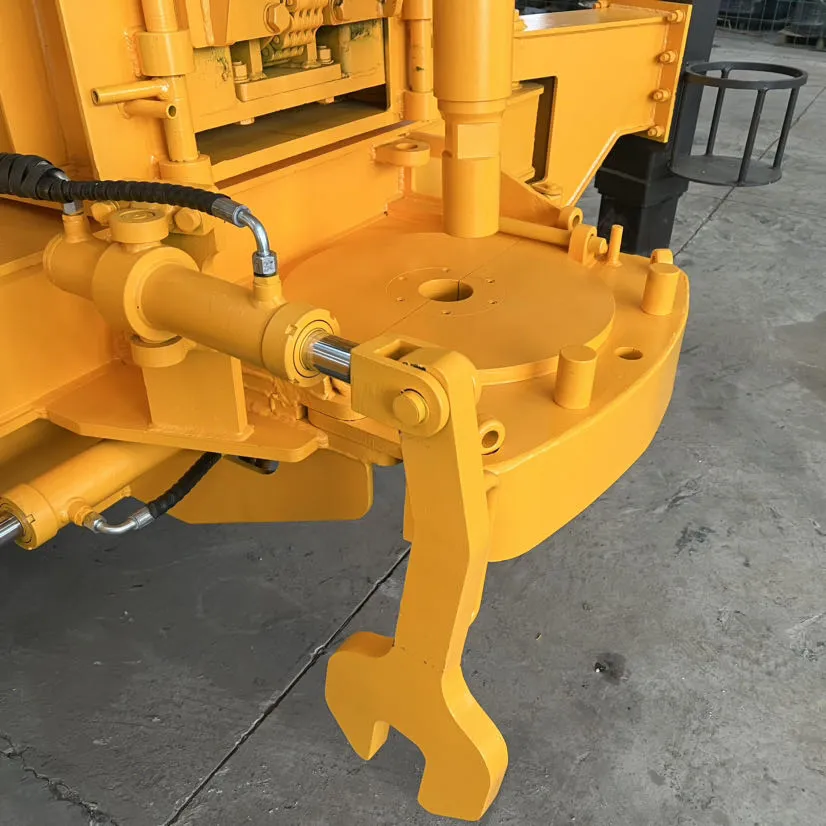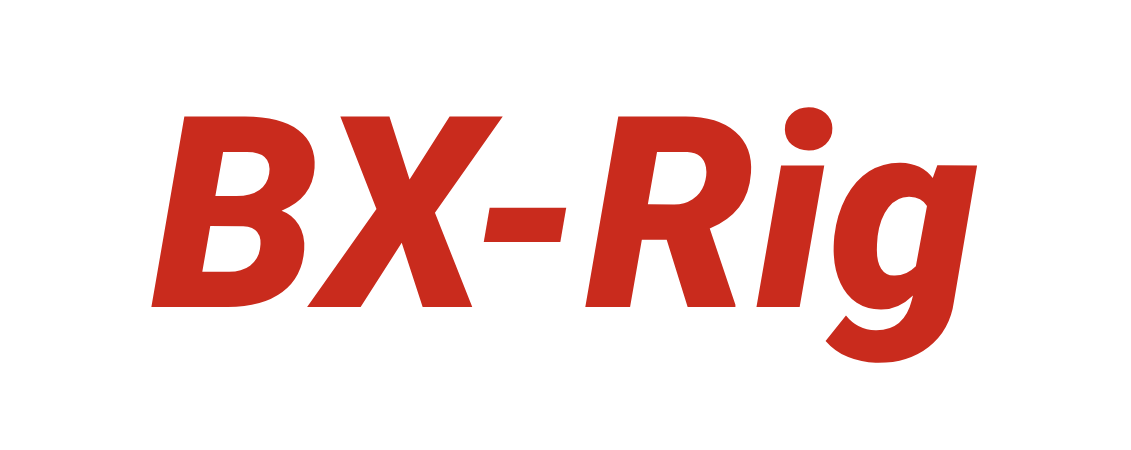Cost Analysis of Drilling Wells in rock strata
Equipment cost is significant. Due to the high hardness of rock layers, high-performance and powerful drilling equipment is needed, such as advanced rigs and high-quality bits. The purchase cost of these equipment is already high, and during use, severe wear from rocks makes maintenance costs considerable. Frequent replacement of worn bits and repair of damaged drill pipes both increase equipment expenses.

Consumable costs also account for a large proportion. For example, drilling fluid is required in large quantities to ensure smooth drilling in rock layers. Drilling fluid not only cools the bit and carries cuttings but also needs to be adjusted according to different rock characteristics, which increases its cost. In addition, consumables like casing require reliable products to ensure wellbore stability, and their expenses affect the total cost.
Labor cost is equally non-negligible. Rock layer drilling requires professional technicians for operation and monitoring. With rich experience and expertise, their labor fees are relatively high. Moreover, during construction, multi-shift operations may be needed to ensure progress and quality, further increasing labor costs.
Drilling depth is also closely related to cost. As depth increases, construction difficulty rises, equipment wear intensifies, consumable usage increases, and more labor is invested, leading to a sharp cost increase. Take a rock layer drilling project as an example: a 200-meter-deep well may cost about 300,000 yuan, while the cost may soar to over 500,000 yuan when the depth increases to 300 meters. Therefore, before drilling in rock layers, various factors should be comprehensively considered, and cost budgeting should be done well to ensure the project’s economic feasibility.
 Giàn khoan Bangxin
Giàn khoan Bangxin